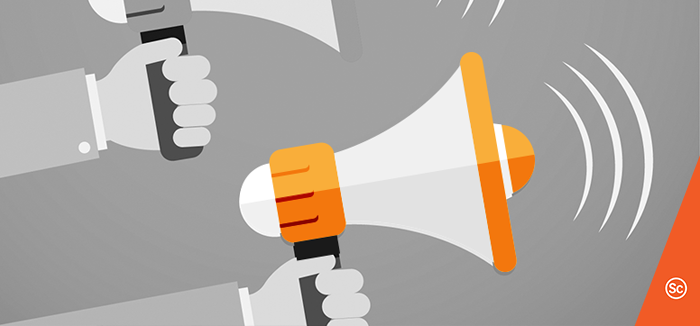relevent/ marketing ideas

You need a CTA anywhere you want people to take action…which is pretty much everywhere, both online and off. You’re not only in the business of sharing information; you want to close the deal. You want your potential attendees/members to be informed first and once that’s done, you need to guide them to take the appropriate action, whether it’s registering for the event, downloading a brochure, or simply visiting the website. Make sure your marketing is actionable in this way, and optimized for the appropriate device or channel!
You would generally want to pick a colour that stands out, because we tend to notice and remember things that are unusual in appearance. Plus, color makes up 85% of the purchase decision. Blue instils trust, which could make it an attractive option for CTAs that ask for more sensitive information. In the end, the key to picking the right colour for a CTA is choosing a bright primary colour! Red, green, orange, and yellow have the highest conversion rates.
Many websites have a CTA right at the top of the page, an area known as “above the fold”. But as Oli Gardner from Unbounce argues, this is “like running in a straight line to second base”. It’s well worth experimenting with CTA placement. Ideally, your event promotions should be structured in a way that takes the event participant on a journey through your value propositions, using strong and relevant copy. This way, when your CTA appears, the participant will be primed to take action. That kind of experience that can really boost your registration numbers! Wherever you decide to place your CTA, it’s very important to ensure it commands a lot of attention and is given priority over other elements.
Which words and phrases generate the most conversions? One thing to remember is to make the copy as clear and concise as possible. When the appeal is too generic, like “click here”, it doesn’t provide enough incentive. A good way to avoid this is to spell out what the result of clicking will be, or what the benefit of clicking is. “Download the Schedule”, or “Sign up for free”, are good CTAs because they reassure the user that the solution they are looking for really is a click away. More proven CTA formulas include “learn more” and “talk to us”.
Marketing is all about catering to your target audience in the most effective way possible. If you’re aware of the personas of your attendees, or even their location, be sure to put that knowledge to good use! Use different CTAs for each of them, especially in your email campaigns. The more targeted your appeals are, the more conversions you’ll get!
Use a secondary call to action to give prospects an alternative course of action. Some of them may not be ready to accept or commit to the primary offer you’ve made to them, and that’s perfectly fine. Give these participants a less-involving secondary course of action to keep them from slipping through the cracks. For example, if a participant isn’t ready to register for the event right away, give her the option to stay current by subscribing to the event newsletter. You’ll gain a valuable lead, and the participant doesn’t feel pressured.
The most powerful advice for designing the best call to action could very well be A/B testing. General guidelines and best practices like the ones we’ve shown you are a great place to start, but as you know, every event is unique. You cater to hundreds, or even thousands of different delegates, exhibitors, sponsors, associations, and other participants. Fortunately, you can write your own rules for every campaign! Test the effects of altering the variables we’ve presented, and implement the combination that gives you the best results. There are many kinds of tests you can perform, and small changes could make surprisingly big differences! Here are some great examples of the kinds of tests you can perform.
5 Tips to Create an Irresistible Call to Action https://t.co/pEI25mEE85 #marketingtips #contentmarketing pic.twitter.com/2rRlom17NG
— Jeff Bullas (@jeffbullas) May 15, 2016
How to Create the Best Call to Action https://t.co/hm9NUSrIA2 via @successharbor
— EventsUncovered.tv (@EventsUncovered) May 11, 2016
How to Crack the Email Call-to-Action Code https://t.co/IdWIpzZTaE pic.twitter.com/J41casNi3m
— Business 2 Community (@B2Community) April 23, 2016